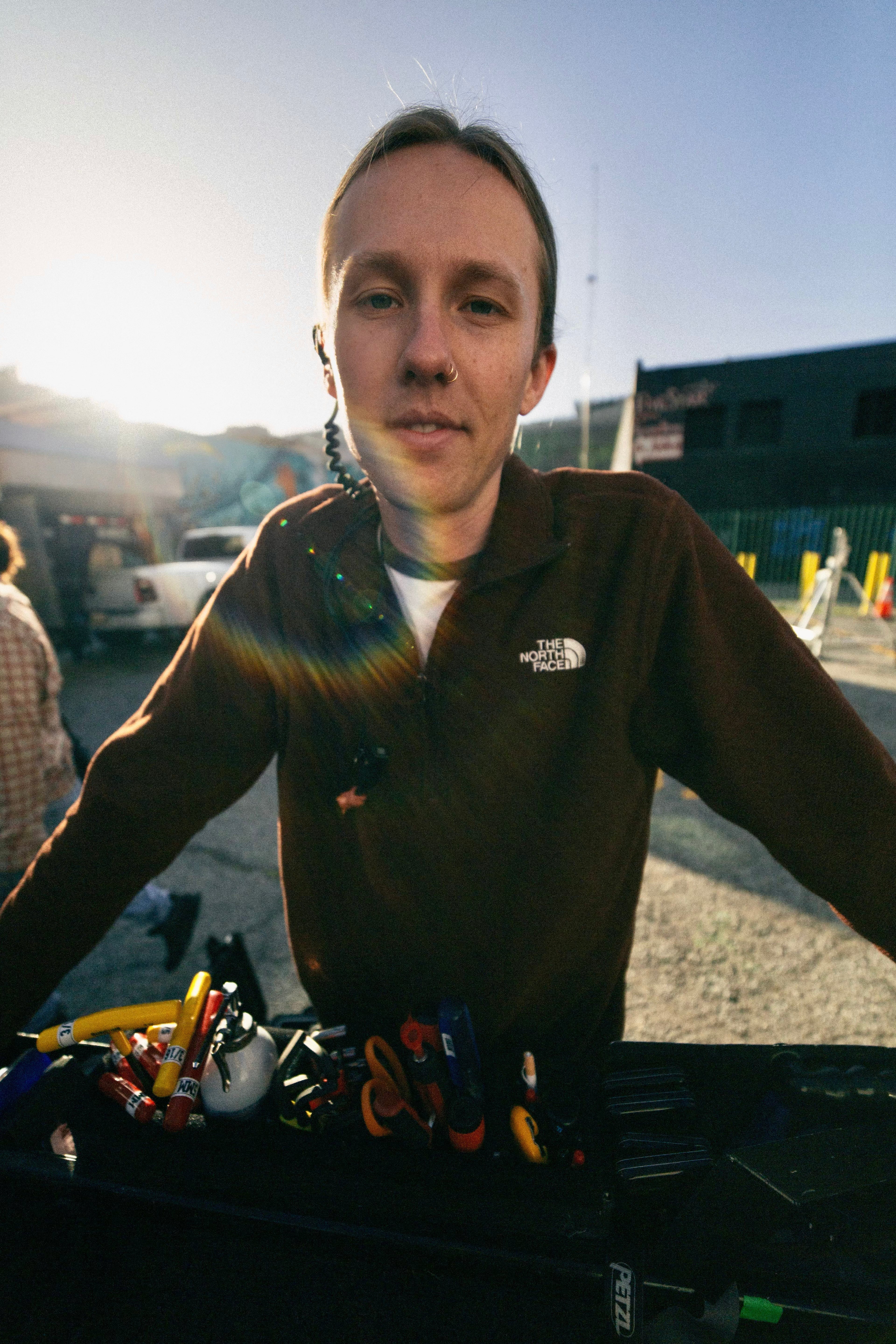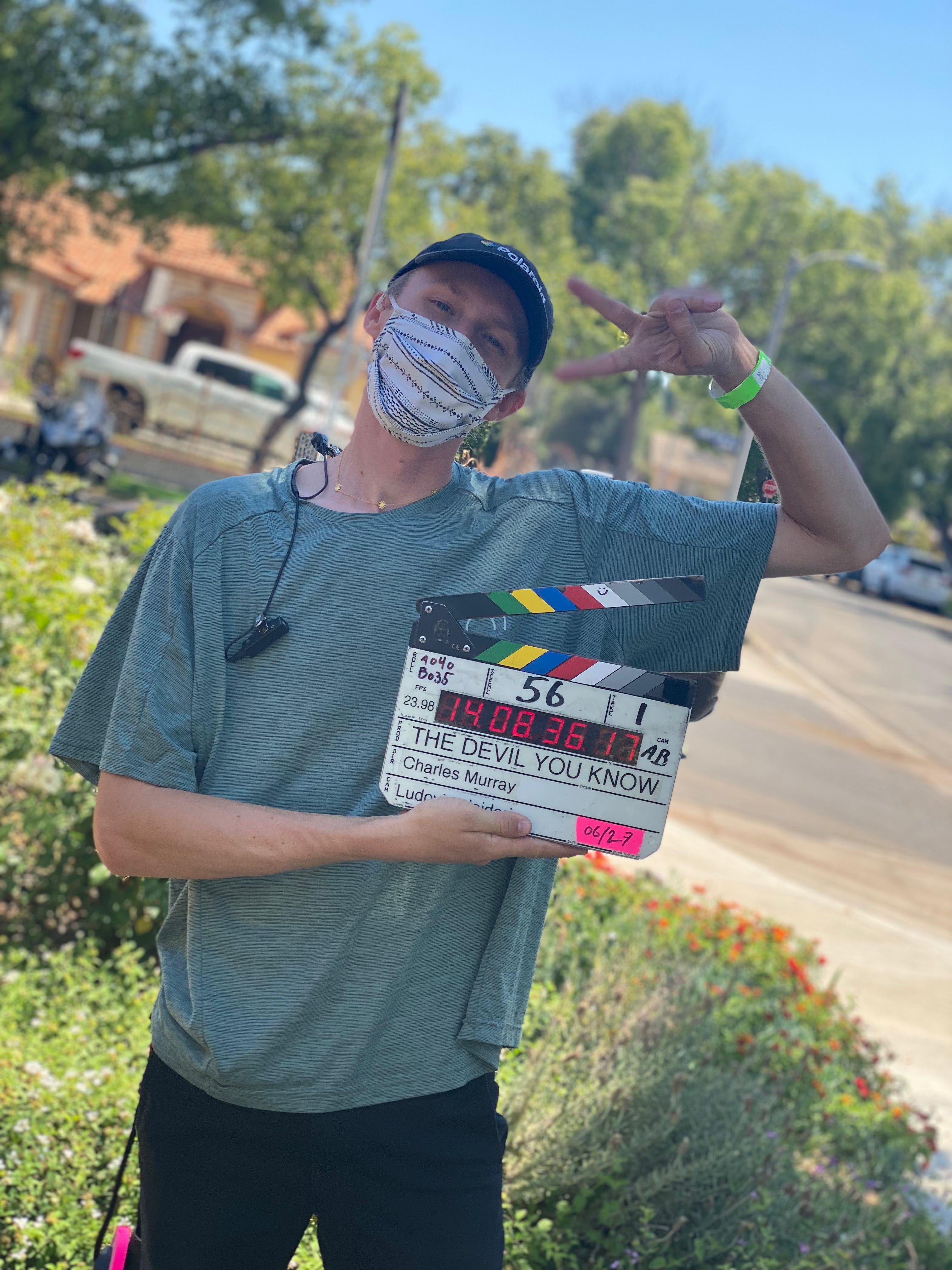
Part Two: “Dressing” the slate
Part Two: “Dressing” the slate
Dressing the slate refers to the listing of information, “permanent” and non-permanent,
that will be posted on the face of the slate during the course of a production. These
items are constantly in flux as different shows have different requirements for their
workflow. However, there are a few constants to be aware of.
“Permanent”: Permanent, in this specific context, refers to any information displayed
on the slate that will last the duration of the show, whether that be a one day
commercial or a feature film. These items include, but are not limited to, the name of
the production, name of the director, name of the cinematographer, and the camera
index (referring to which camera or cameras are intending to see and utilize a specific
slate). The name of the production will often be the largest of all the items displayed onthe slate. Followed by the names of the director and DP typically formatted with their
first initial then their full last name. Camera index can be listed as a part of the
camera’s roll number, in a designated spot that appears on most professional timecode
slates, or sometimes both. All the permanent features of a slate are best, in my opinion,
done with P-Touch label makers (specifically 1” black on clear tape). This is not a
requirement however. P-Touch label makers and P-Touch tape can be expensive and
white gaff tape cut to size coupled with a sharpie and some neat penmanship can do
the job in a pinch. There are also more personal and custom options offered by
companies such as English Stix and Scorched Laser Works. These items can be a
great personal touch as they can utilize show specific artwork that is often created by
production for longer narrative endeavors. Custom slates and slate “faceplates” are
typically paid for by production but, despite the fact the timecode slates themselves
come from the sound department, are coordinated by the camera assistants before
production starts. One final item I would consider a semi-permanent slate fixture would
be frame rate. The base project frame rate is typically dressed in the same fashion as
the other permanent items but will need to be covered or swapped out when frame
rates are changed during shooting.
* It is always a possibility there are certain preferences and sensitivities regarding the
names and the production name listed on the slate. When in doubt it never hurts to
check with a producer, assistant director, or DP to confirm you are accounting for
those preferences.
Non-permanent: Non-permanent information refers to items that will constantly be
changing throughout the day and scene to scene. These items, once again, include but
are not limited to the roll number, scene number, and take number. The roll number
refers to the roll or magazine that is currently loaded in the camera at any given
moment. You will at times need to have multiple listed as you will sometimes be using
one slate to sync multiple cameras. Scene and take numbers are, on most narrative
sets, dictated by the script supervisor. Script supervisors are in charge of organizing
the script while shooting occurs on set. Thus, they are in charge of how scenes and
shots will be labeled and accounted for. They will be your most important resource
when it comes to labeling the slate. If you are on a shoot without a script supervisor it’s
imperative to speak with the sound mixer at the beginning of the shoot to establish
some sort of system to remain in sync with each other throughout the day when
labeling scenes and set ups. People have their own preferences for scene labels but
the most important thing is that you make sure to all be on the same page.
* Dates are often included on the slate. However, with most digital formats are not
entirely necessary due to the fact they automatically get imbedded into the metadata
of video and audio clips.
* Start from a clean.. slate! More often than not you will be given slates with the past
production’s information plus months if not years of tape residue and dirt caked to its
surface. It always goes a long way if you take a second to really clean it before
applying your production’s info.* Use Sharpie as minimally as possible, if at all, directly on the slate as over time this
can damage and stain the slate.
* Though it is often not the top priority, make a point to prepare the slate as early as
you can to pad yourself in case of an unexpectedly early take and to leave time for
possible adjustments before cameras start rolling.
- Luke Peckham, Local 600 2nd AC







Leave a comment
This site is protected by hCaptcha and the hCaptcha Privacy Policy and Terms of Service apply.